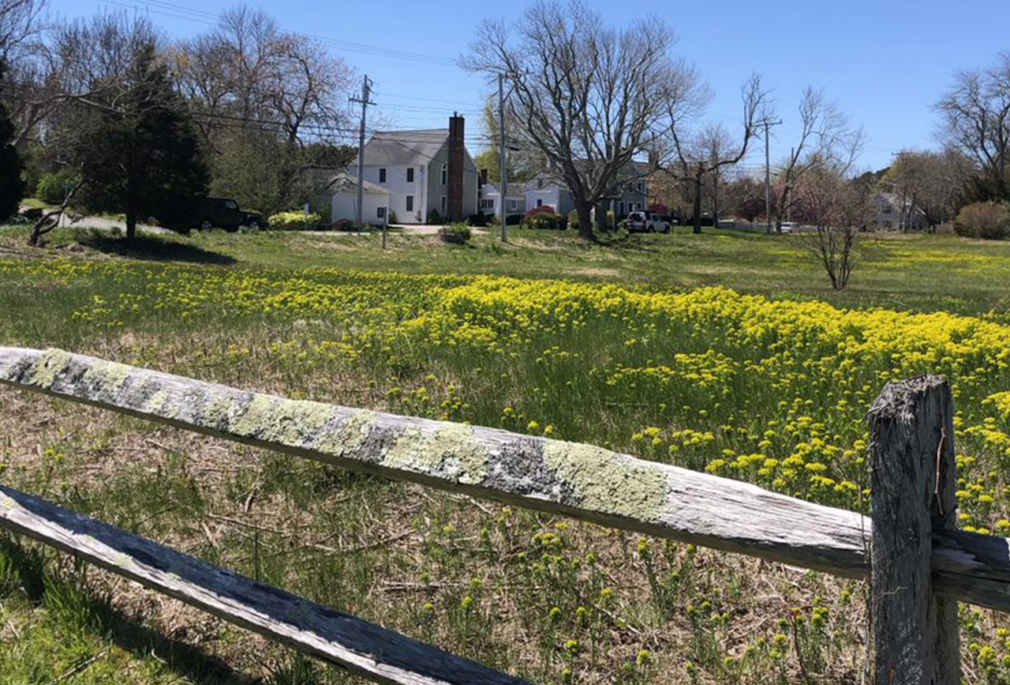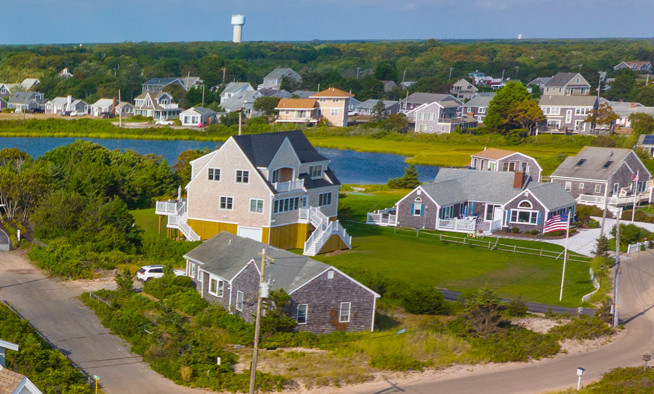Experience Cape Cod’s historic Route 6A

A drive down picturesque Route 6A, or the Old King’s Highway, provides a glimpse into Cape Cod’s history. First established as a Native American trail, it evolved into the principal east-west thoroughfare for early Cape Cod settlers during the 1600s.
The roadway winds through America’s largest historic district, past a collection of historic properties that tells the history of Cape Cod development from the 1600s through today. Residences, farms, and villages began to dot the roadway in the 17th and 18th centuries, and captain’s homes were constructed during the maritime boom of the early 1800s as the road transitioned from a trail, to a stagecoach route, and eventually to an auto road. In fact, an early 1900s traffic count documents a shift from horse-drawn traffic to automobile traffic over the course of a few years.
The Massachusetts State Legislature designated the roadway as a Scenic Byway in 1992, and in 2021 the US Department of Transportation named it a National Scenic Byway. The Old King’s Highway was among three new Massachusetts designations approved in January 2021 and 49 additional across the country. The nomination was prepared by the Cape Cod Commission and the Cape Cod Chamber of Commerce to preserve, promote, and enhance this unique roadway. The Massachusetts Department of Transportation (MassDOT) submitted the nomination to the Federal Highway Administration accompanied by letters of support from numerous local chambers of commerce and the Town of Barnstable.
“Route 6A is the quintessential Cape Cod because it gives a glimpse of all the special things the Cape has to offer,” says Sarah Korjeff, the Cape Cod Commission’s Historic Preservation Specialist. “It has a collection of historic architecture you can become immersed in, along with incredible views and vistas of the great marshes and the bay - some of the prettiest landscape in the region. Driving along this narrow, historic route takes you back in time.”
The Old King’s Highway extends through seven communities along the Cape’s north side from Bourne to the Eastham/Orleans border. It is the backbone of the Old King’s Highway Regional Historic District, enacted in 1974. The district continues to be instrumental in preserving the historic character of the roadway.
"You can see great examples of every period of historic architecture on Cape Cod along Route 6A,” says Korjeff, “from 17th century Cape Cod Houses to early 1800s Greek Revival buildings to every Victorian style of the mid to late 19th century, and the architectural revivals of the early 20th century. They are all there, standing side by side, in the villages along Route 6A.”
If you choose to drive all 34 miles, you’ll wind through eight National Register Historic Districts, four Cultural Districts, numerous quaint villages, and you’ll experience some of the most scenic vistas on Cape Cod: bayside marsh views, cranberry bogs, and an extensive tree canopy that frames sections of the corridor. The plethora of natural resources that drew Native Americans, colonist settlers, and over four centuries of travelers to the corridor are still visible today.
Experiencing the beauty of the Old King’s Highway should also be done on foot – choose a town center and walk back and forth, you’ll be able to see details that aren’t visible from a car. Korjeff recommends walking through Yarmouth Port, from the Barnstable town line to Union Street to take in an incredible collection of architecture.
Related Posts




